Global leadership competency is necessary in this world’s economy. In this cut-throat market, there are greater opportunities for companies that operate in global markets. However, operating globally is inherently complex. It is a big risk to start trading overseas and to better manage those risks, it is important to assess your company’s current capabilities.
To operate globally organisations must ensure that their leaders are equipped with the skills and capabilities that will enable them to compete with other global brands. Thus, it is a great time to start preparing your leaders to develop global capabilities.
Here are 3 ways to develop Global Leadership Skills.
First, identify the global leadership skills that your organisation needs. No organisation is the same. Every organisation is made up of unique individuals with unique personalities and capabilities. Thus, there is no one-size-fits-all solution. Before recommending any training, it is best to sit down and assess the organisation’s needs and requirements.
Here are some questions to ask:
- What are the strengths and weaknesses of the current leaders?
- What are the strengths and weaknesses of the employees?
- What are their experiences?
- What are their motivators?
- What are their personality traits that can contribute to the company?
- What experiences do they have in the global market?
- What are possible problems that may arise with the current leaders and employees?
These are only sample questions, but you may need to ask your leaders and employees more questions to understand their current level of skills and training needs.
After assessing your organisation needs, you can now proceed to crafting and designing the training curriculum. Crafting and designing the training curriculum encompasses all relevant skill sets for all employees and leaders. Once the training curriculum is complete, a recommended list of courses will be identified at an employee level, to ensure that employees attend courses that are relevant to their personal growth or role.
It is also pivotal that employees’ learning styles or preferences be taken into consideration as well. Some employees are visual learners, preferring a slideshow presentation. Others prefer audio training while some prefer to have immersive workshops. Some employees also prefer to be in a classroom setting versus a self-paced program.
Lastly, once the training has been fully facilitated, feedback should be garnered from all participants to ensure that the training objectives were all met. Any feedback provided must be used to further improve the training curriculum. Additionally, it is recommended to get anecdotal reports on real-life experiences of employees utilising their newly acquired knowledge. This will allow the training facilitators to find out which parts of the training were effective, and which one needs further improvement. Lastly, regular performance reviews should be facilitated to follow up on any new opportunities for additional training.
These 3 ways to develop leadership skills are the tip of the iceberg. To be truly globally competitive, leaders should take the lead in learning, improving, and innovating and set good examples for the rest of the organisation.
If you want to know more, call us on 1300 551 274 or send an email at team@teamfocusplus.com. We look forward to hearing from you.





